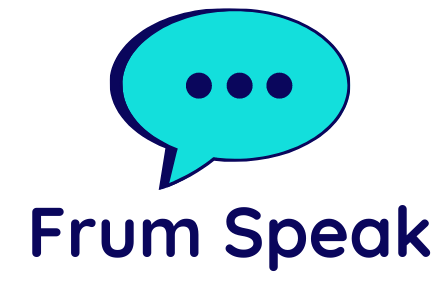President Donald Trump can’t stop contradicting himself on his own tariff plans. He says he’s on a path to cut several new trade deals in a few weeks — but has also suggested it’s “physically impossible” to hold all the needed meetings. Trump has said he will simply set new tariff rates negotiated internally within the U.S. government over the next few weeks — although he already did that on his April 2 “Liberation Day,” which caused the world economy to shudder. The Republican president says he’s actively negotiating with the Chinese government on tariffs — while the Chinese and U.S. Treasury Secretary Scott Bessent have said talks have yet to start. What should one believe? The sure bet is that uncertainty will persist in ways that employers and consumers alike expect to damage the economy and that leave foreign leaders scratching their heads in bewilderment. And the consequences of all this tariffs turmoil are enormous. Trump placed tariffs totaling 145% on China, leading China to retaliate with tariffs of 125% on the U.S. — essentially triggering a trade war between the world’s two largest economies with the potential to bring on a recession. Trump’s negotiating trade deals with himself The president told Time magazine in an interview released Friday that 20%, 30% or 50% tariffs a year from now would be a “total victory,” even though a financial market panic led him to temporarily reduce his baseline import taxes to 10% for 90 days while talks take place. “The deal is a deal that I choose,” Trump said in the interview. “What I’m doing is I will, at a certain point in the not too distant future, I will set a fair price of tariffs for different countries.” If that is confusing for the nation’s trading partners, it’s also sowing anxiety at home. The Federal Reserve’s beige book, a compilation of anecdotes from U.S. businesses prepared eight times a year, on Wednesday reported a huge spike in uncertainty among American companies that has caused them to pull back on hiring and investment in new projects. The word “uncertainty” cropped up 80 times, compared with 45 in early March and just 14 in January. Beyond the idea that Trump plans to keep some level of tariffs in place, the world finance ministers and corporate executives who gathered this past week in Washington for the International Monetary Fund conference said in private discussions that the Trump administration was providing no real clarity on its goals for substantive talks. “There’s not a coherent strategy at the moment on what the tariffs are supposed to achieve,” said Josh Lipsky, senior director of the GeoEconomics Center at The Atlantic Council. “My conversations with the ministers and governors this week at the IMF meetings have been they don’t understand completely what the White House wants, nor who they should be negotiating with.” Other countries trying to get talks going Swiss President Karin Keller-Sutter, in an interview with broadcaster SRF released Friday, said after a meeting with Bessent that Switzerland would be one of 15 countries with which the United States plans to conduct “privileged” negotiations. But she said a memorandum of understanding would have to be reached for talks to formally begin. She was happy to at least know whom to talk to, saying that “we have also been assigned a specific contact person. This is not easy in […]
Category:


Recent comments